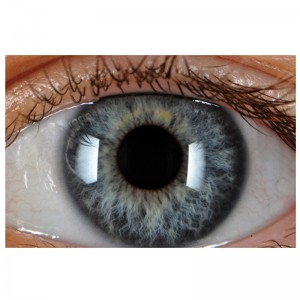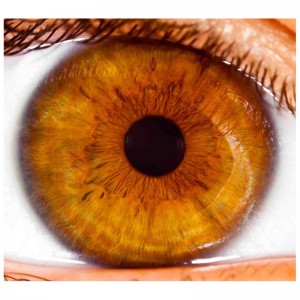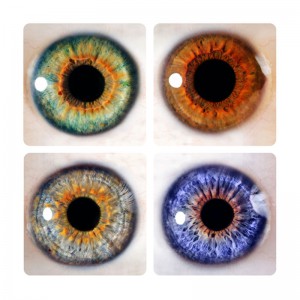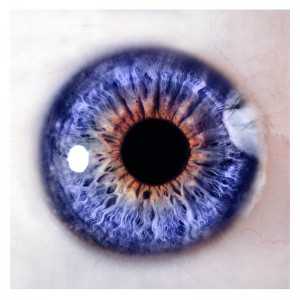Iriodiagnostics
What does iridodiagnostics mean?
The iridodiagnostician regards the iris as a reflection of the organs of the human body.
The organs are depicted by a logical order. Therefore, the iris is more accurate than the human fingerprint.
A fingerprint has only 40 unique identifying characteristics, the iris, though, 256.
The iridodiagnostician analyses the tissue structures and their allocated reflex zones of the eyes, especially those of the iris. Thus, he detects changes in the foreground of the eyes – pigments, lightened and darkened areas, unusual vascular structures. In this way, he recognises physical problems, diseases and constitutional weaknesses, their sources and interrelation. Examples are metabolic disorders, weakness of the connective tissue and inflammations.
Purpose of the iridodiagnostics
Prior to diseases, the iridodiagnostician provides prophylactic instructions.
He gives advice on medicinally worthwhile examinations to underline his diagnoses, e. g. sonography und laboratory tests.
… that the structure of the iris does not change after birth?
The colour may change, usually in the first year of life, in rare exceptions even at the age of puberty.
… that only one human of 20 million humans has purple eyes due to a genetic modification?
… that 85 % of all Scandinavians have blue eyes?
… that green eyes occur merely in 1,6 % of the global population?
HAVE YOU ALREADY KNOWN …
… that the colour of the iris depends on the percentage of the pigment melanin?
The darker the colour of the eyes the more melanin is in the iris.
… that 90 % of all humans have brown eyes; that brown eyes, however, are blue in deeper layers?
The brown layer of melanin merely overlays the blue.
… that there is only very little melanin in blue eyes?
Approximately 10.000 years ago, blue eyes evolved from a gene mutation.
… that gentlemen see differently than ladies?
The notice fast movements and slight contrasts better and they see everything a little blueish.
… that it is possible for a child to get another eye colour than her/his parents?
… that the eyes of one human can have two different colours?
This phenomenon is called heterochromia and occurs in four of one million cases.





